8 Strategies For Helping Students Learn To Ask For Help
Help students understand that ‘help’ is the norm in the creative, scientific, and professional world. Asking for help is OK and necessary.

Help students understand that ‘help’ is the norm in the creative, scientific, and professional world. Asking for help is OK and necessary.

How do you create a forward-leaning curriculum? Situate non-judgment, openness, and empathy as the true keys to 21st century competency.
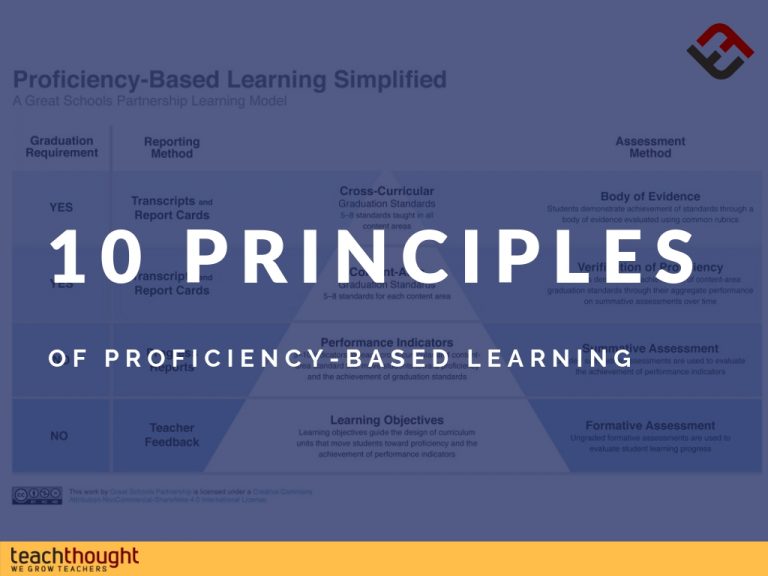
Our principles of proficiency-based learning support achievement evaluated against learning objectives pursued through flexible pathways.

Do you have an education podcast? You can now submit podcasts centered around innovative teaching and learning to TeachThought.
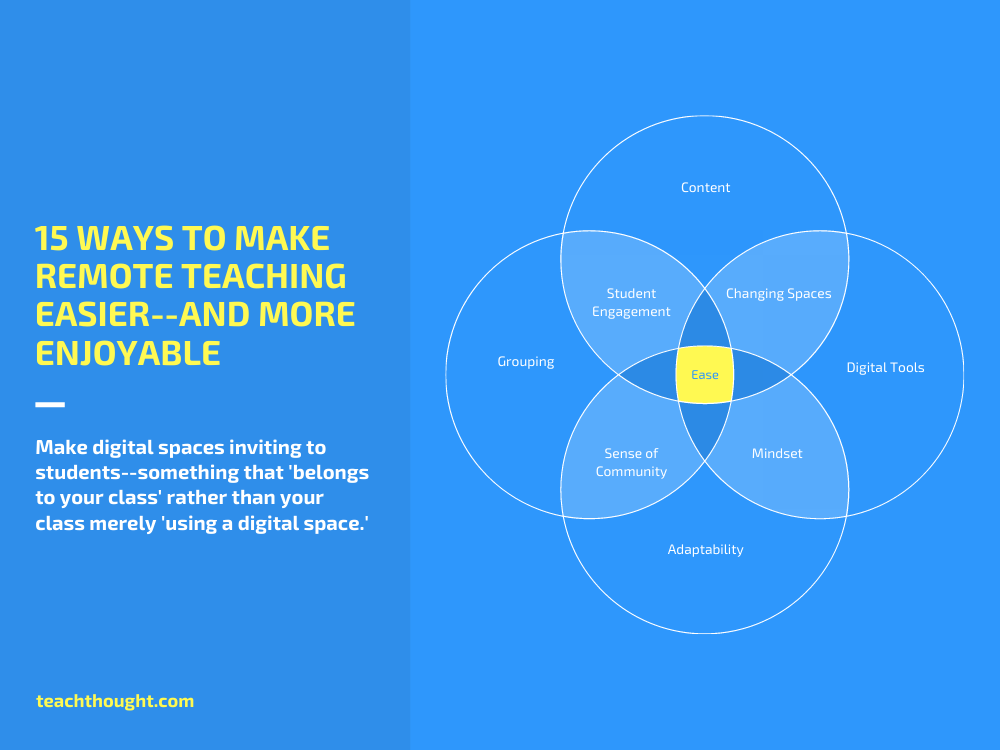
Make digital spaces inviting to students–something that ‘belongs to your class’ rather than your class merely ‘using a digital space.’
How Does Daydreaming Improve Thinking? The student’s eyes drift to the classroom window and the teacher’s voice fades from consciousness. The daydream begins. It’s a familiar scene, one we have likely both experienced as students and struggled against in our students as teachers. But daydreaming is not what it might seem. Recent research in psychology…
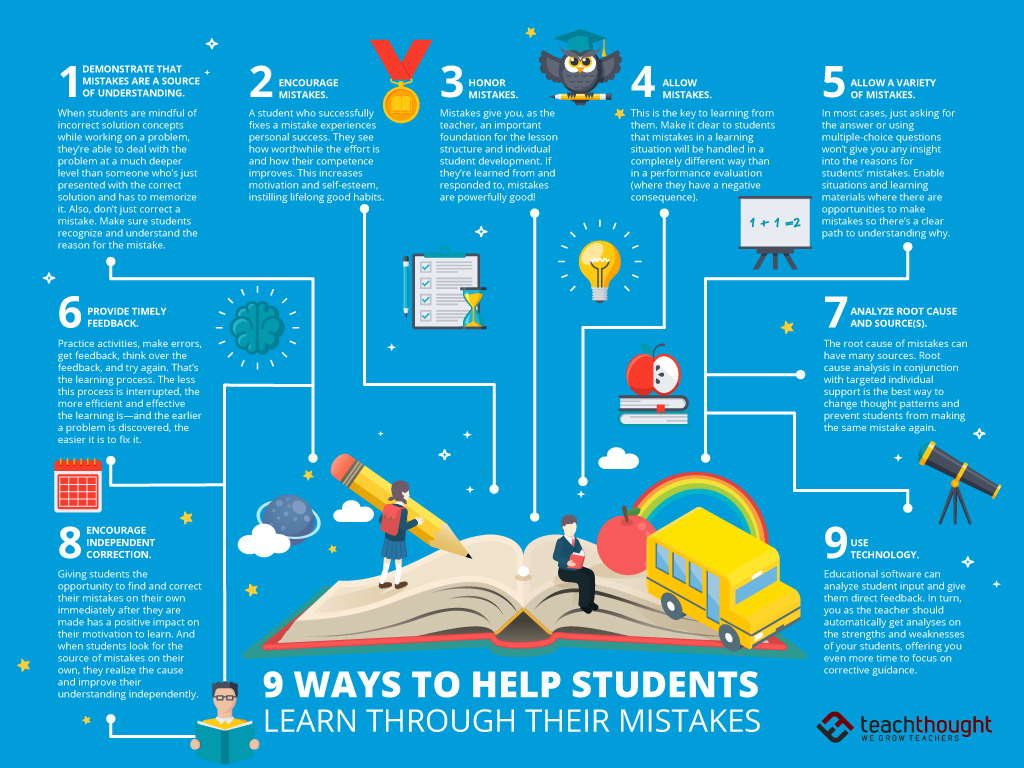
There are different kinds of mistakes: careless mistakes, systematic mistakes, misconceptions, etc. Students need help understanding this.
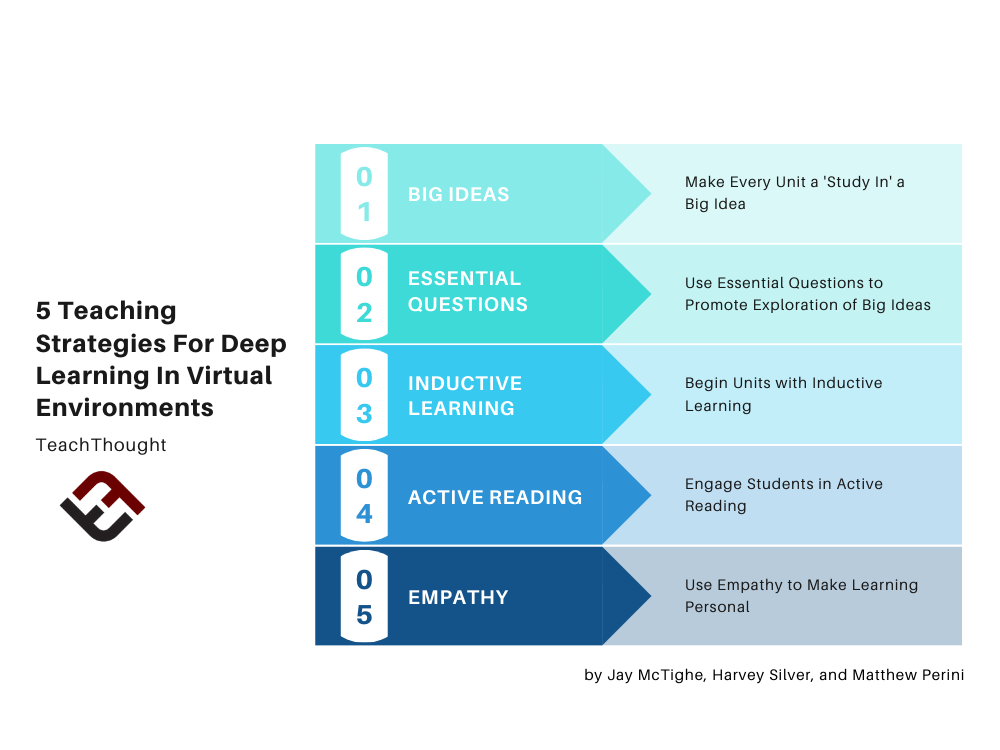
Here are 5 specific and practical strategies, along with associated tools, that promote deep learning in virtual and physical classrooms.

Give me a curriculum based on people–based on their habits and thinking patterns in their native places and a genuine need to understand.
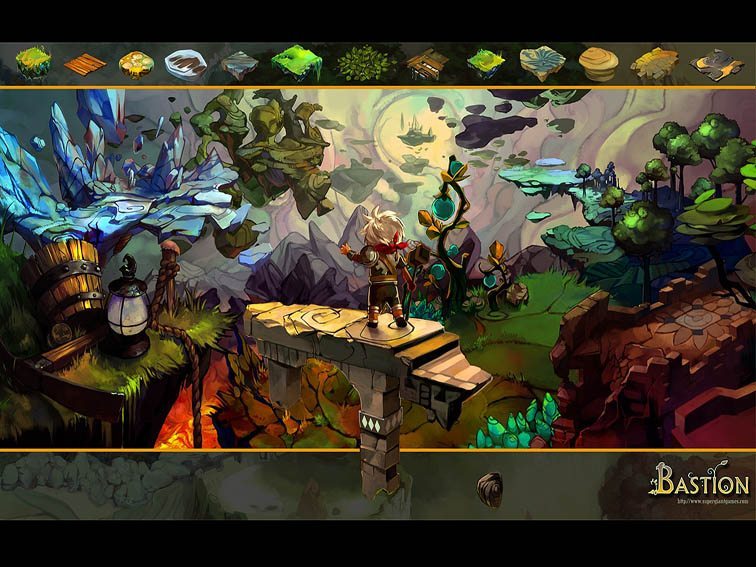
Video games are increasingly used to confront social and cultural issues that are otherwise problematic to address with a raging troll-fest.
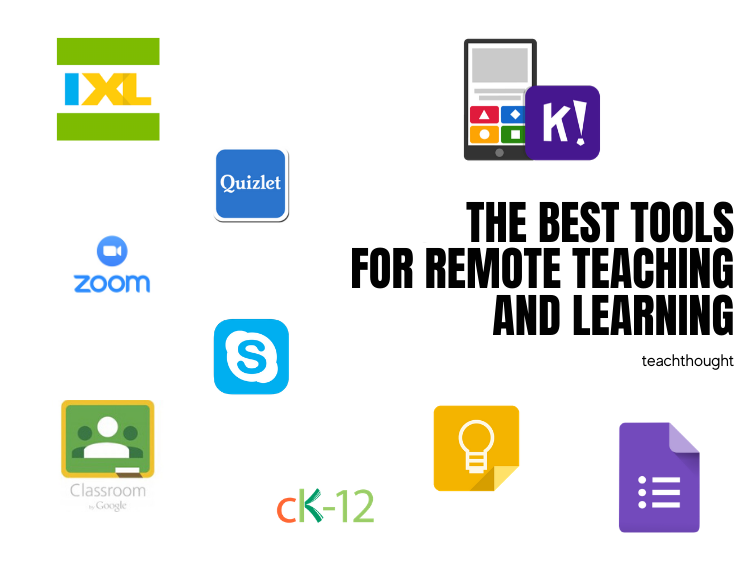
From screencasting tools to content hubs to streaming and whiteboard collaboration, here are the best remote teaching tools we could find.
Reader’s theater is a collaborative literacy activity, for all ages, that incorporates reading, writing, speaking, and listening.
End of content
End of content